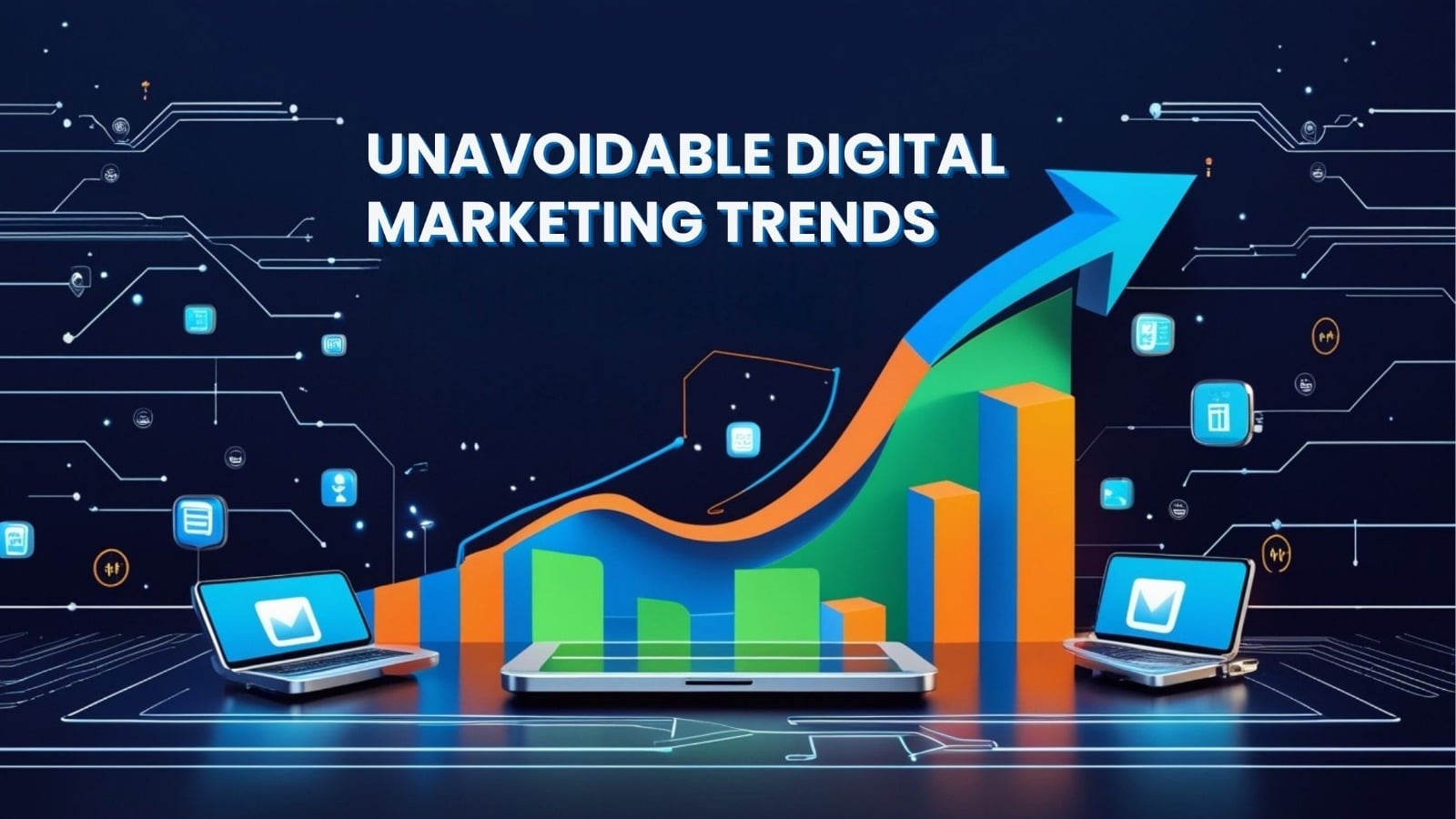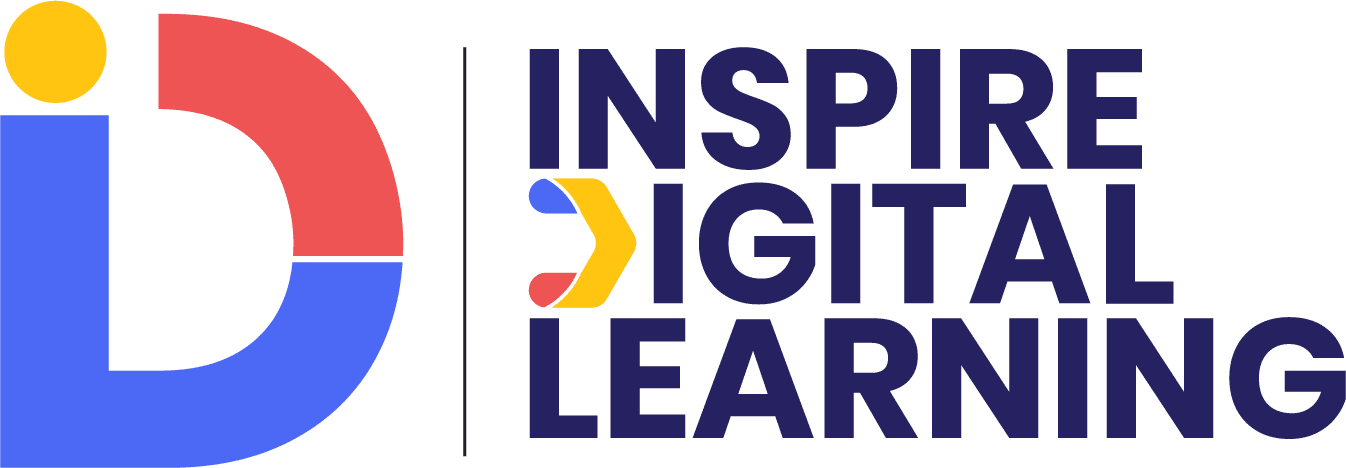
Introduction:
In the ever-evolving landscape of digital marketing, staying up to date with the latest trends is crucial for businesses to thrive. As technology advances and consumer behaviors shift, new strategies and techniques emerge that can greatly impact marketing campaigns.
In this blog, we will explore some unavoidable digital marketing trends that are shaping the industry in 2023 and beyond. From innovative technologies like blockchain and quantum computing to the rise of mobile commerce and the creator economy, we’ll delve into the potential advantages and implications of these trends for marketers. Let’s dive in and discover how these trends can help businesses stay competitive in the digital realm.
Geo-Fencing:
- Geo-fencing, the practice of targeting users based on their location, is projected to reach a market size of $2.4 billion by 2023.
- It enables real-time targeting by defining specific areas, such as a mile around a restaurant, and sending relevant marketing communications like push notifications or text messages when users enter or exit those areas.
Progressive Web Apps (PWAs):
- Progressive Web Apps (PWAs) are websites that function like mobile apps, offering features such as fast load times, push notifications, and offline usage.
- Unlike native apps, PWAs are not limited to specific platforms like Android or iOS.
- With the number of smartphone users projected to reach 7.5 billion by 2026 and mobile page views increasing globally, PWAs are becoming increasingly important in digital strategies.
- They are expected to become even more prevalent as the mobile revolution continues.
Blockchain Applications:
- Blockchain applications are not limited to the financial world and have wider implications.
- Key trends to watch include Blockchain-as-a-Service (BaaS) for cloud-based networks, verifiable credentials and self-sovereign identity, decentralized finance (DeFi) using smart contracts, non-fungible tokens (NFTs) for unique digital assets, and the emergence of Central Bank Digital Currencies (CBDCs) based on blockchain technology.
Quantum Computing:
- The advent of quantum computing holds the potential to bring about a transformative shift in digital marketing.
- By simultaneously processing immense volumes of data, quantum computing empowers marketers with the ability to make faster decisions and achieve significant advancements in their strategies.
- Traditional computers use bits to store data in two states, while quantum computers utilize qubits (quantum bits) to significantly enhance computational power.
- Quantum computing can be visualized as a library, where a classic computer reads books linearly, while a quantum computer reads all the books simultaneously, allowing for millions of computations at once.
SERP Position Zero / Featured Snippet:
- Being featured at the top of search engine results pages (SERPs) as a “position zero” or featured snippet can significantly increase clicks for websites.
- Featured snippets appear as a brief summary of content related to a user’s query and provide greater visibility and authority.
- They are especially valuable for mobile and voice search.
- Acquiring featured snippets can be achieved by creating quality content and optimizing for long-tail keywords.
- Voice assistants like Google Assistant, Siri, and Alexa rely on featured snippets to answer voice search queries.
- With the increasing influence of AI in search algorithms, more results are expected to be based on position zero rankings.
5G Technology:
- 5G technology is a significant digital marketing trend that will impact various industries.
- It has the potential to bring high-speed data to rural areas and disrupt the dominance of Google and Facebook by providing telecom companies with valuable data for advertising.
- The speed of 5G can benefit the augmented reality industry and enable the development of virtual heads-up displays.
- The European Union has ambitious plans for 5G coverage, including major roads and railways by 2025.
- With the ability to connect a significantly higher number of devices, 5G will revolutionize how both digital marketers and users access online content.
First-Party Cookies:
- The implementation of privacy laws like GDPR and CCPA has resulted in significant fines for companies that violated user privacy, including Amazon, Google, H&M, TIM, and British Airways.
- These laws have also led to the end of third-party cookies, which marketers relied on to collect data for their ad campaigns.
- In response, Google announced the end of support for third-party browser cookies in its Chrome browser and aims to create new user privacy-focused standards through its Privacy Sandbox initiative.
- First-party cookies collect data directly from users and provide information about their preferences to the website or app they interact with.
- On the other hand, third-party cookies collect data on behalf of other parties and often sell that data to various businesses.
- With the shift away from third-party cookies, marketers need to be mindful of the data they collect and how they utilize it.
- Here are some recommendations to consider:
1. Implement an omnichannel marketing strategy to gather data from multiple touchpoints while respecting user consent.
2. Make the data collection invitation visible, explicit, and personalized.
3. Present the first-party data collection form or checkbox in a friendly manner, similar to inviting users to join a loyalty program.
4. Provide clear explanations of the data attributes being collected, their meaning, and how they will be used for transparency.
5. Offer visitors the ability to modify their data collection and usage preferences through a preference center.
By following these recommendations, marketers can adapt to the changing landscape and prioritize user privacy while still gathering valuable data.
Website Security:
- Website security is increasingly crucial, alongside privacy.
- Visitors form opinions about a site’s security within seconds.
- If they don’t feel safe, they leave, resulting in lower dwell time and potential ranking drops.
- With the Core Web Vitals update in 2023, secure sites are a necessity, requiring HTTPS protocol and a green padlock icon.
- Displaying trust seals or badges reinforces visitor trust and safety.
Mobile Commerce:
- Mobile commerce is increasingly important in today’s world, with mobile devices playing a significant role in the consumer purchasing cycle.
- Amazon and Google have introduced their own payment processing services, Amazon Pay and Google Pay, to enhance user-friendliness and increase sales.
- Leveraging mobile commerce strategies allows marketers to reach customers on the go, collect valuable customer data, and create personalized experiences.
- To succeed in mobile commerce, it is essential to have a responsive website, utilize mobile payments, optimize page layout, emphasize call-to-action, tailor the experience to the target audience, streamline the checkout process, and provide secure access to digital wallets.
The Creator Economy:
- In 2023, the creator economy will continue to thrive, enabling direct communication between consumers and independent content creators.
- This community includes bloggers, YouTubers, influencers, and others who monetize their skills and passions.
- Around 50 million creators exist, with 2 million earning a full-time income.
- This shift is driven by the desire for fulfilling and autonomous work, while consumers seek relatable connections.
- Brands must engage with these creators to reach highly engaged audiences.
- The creator economy offers digital marketers opportunities to leverage influencer networks, target specific audiences, and gain insights for targeted campaigns.
Live Streaming Video:
- Live streaming video is the preferred channel for video marketing and is projected to reach $184.3 billion by 2027.
- Consumers favor live videos over blogs, with Millennials being regular viewers.
- Live videos have three times the viewing duration compared to pre-recorded videos.
- Companies utilize live streaming for authentic and interactive content.
- Platforms like Instagram, YouTube, Facebook, and others offer live streaming features for businesses to engage with their audience.
- Live video can be used for Q&A sessions, product launches, demonstrations, webinars, and social media challenges.
- Popular live streaming platforms include YouTube Live, Facebook Live, LinkedIn Live, Instagram Live, TikTok Live, Reddit Live, and more.
- However, platforms like Twitch have restrictions on publicity and sponsored links.
Podcasts:
- Podcasts are popular, with 80% of people listening to most of the episodes.
- Optimizing podcasts is crucial, especially as Google displays podcast episodes in its search results.
- Voice SEO tactics can increase brand awareness and engagement, including using keywords, creating specific pages and blog posts for episodes.
- Marketers face challenges with podcasts as listeners may not be prompted to take action.
- A user-friendly approach involves using one call to action, summarizing key points, and ensuring easy access to episodes without sign-ups or downloads.
Native Advertising:
- It’s no surprise that people dislike online ads, with millions using ad blockers.
- In response, marketers have turned to native advertising as a non-disruptive alternative.
- Native ads seamlessly blend with the web page’s design, making them difficult to distinguish from the content.
- Studies show that native ads have significantly higher click-through rates compared to display ads.
- The native advertising spend is projected to reach $402 billion globally by 2025, indicating its growing popularity and making it an essential part of marketers’ advertising strategies.
IoT Advertising:
- IoT Advertising taps into the power of connected devices in the Internet of Things (IoT) network.
- With over 75 billion IoT devices expected by 2025, this form of advertising connects digital screens to products/services, informing customers through personalized ads.
- By gathering data from screen sensors, marketers can create targeted ads tailored to individual needs and interests.
Inclusivity and Diversity & Social Responsibility:
- In 2023, marketers have a responsibility to promote inclusivity, diversity, and social responsibility.
- Representing marginalized groups, reducing biases, and connecting with customers are crucial.
- Research shows the importance of diversity in advertising and its impact on trust.
- Brands must ensure their messages reflect the full spectrum of customers and avoid unconscious bias.
- Social responsibility involves ethical and transparent marketing, avoiding false information, and respecting diverse cultures.
- By embracing these practices, brands can build trust, differentiate themselves, and succeed in the market.
Alternate Search Engines:
- According to StatCounter, Google dominates search engine traffic with a 92% market share.
- However, other search engines have experienced growth while Google’s market share slightly declined.
- DuckDuckGo, a privacy-focused search engine, has gained popularity by not tracking users.
- Despite Google’s data scandals, DuckDuckGo has quietly grown its privacy-first search engine, reaching a daily search volume of 110 million.
- Marketers should consider their audience and optimize content for multiple search engines, not just Google.
Conclusion:
In conclusion, the digital marketing landscape is continually evolving, and staying ahead of the curve is essential for businesses to succeed. The unavoidable trends discussed in this blog, such as geo-fencing, progressive web apps, blockchain applications, quantum computing, SERP position zero, 5G technology, first-party cookies, website security, mobile commerce, the creator economy, live streaming video, podcasts, native advertising, IoT advertising, inclusivity and diversity, social responsibility, and alternate search engines, offer significant opportunities for marketers to connect with their target audience, improve user experiences, and drive business growth.
By embracing these trends, marketers can leverage emerging technologies, adapt to changing consumer behaviors, and create innovative strategies that resonate with their audience. It’s crucial to remain agile and adaptable in the face of these trends, continually learning, experimenting, and refining marketing approaches to stay competitive in the dynamic digital landscape.
Remember, while these trends present exciting opportunities, not all of them may be applicable to every business. It’s important to evaluate and prioritize the trends that align with your brand, target audience, and marketing goals. By doing so, you can harness the power of these digital marketing trends to propel your business forward and achieve sustainable success in the digital age.

